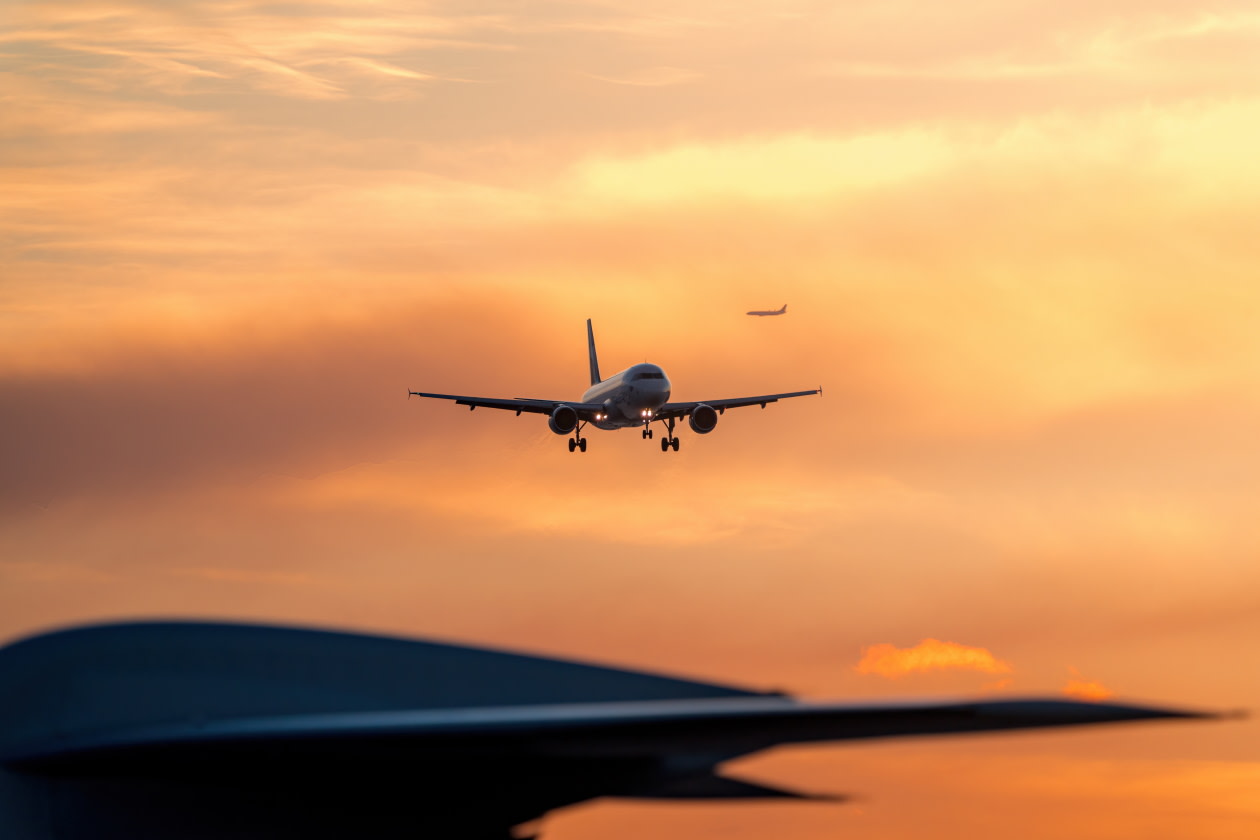Less than a quarter of airline emissions were caught by Europe’s carbon trading schemes last year, according to new data that illustrates the limitations of one of the key tools to fight pollution from aviation.
Airlines and other carbon-intensive industries are charged under emissions trading systems in the EU, UK and Switzerland, which require companies to buy allowances to cover the carbon dioxide they give off.
But the schemes only apply to flights within the region and do not capture emissions from long-haul flights, which burn the most fuel. Airlines are also handed annual free allowances under the system.
In all, only 22 per cent of emissions from flights departing from Europe were caught by the regional carbon trading schemes in 2023, according to a report by Transport & Environment, an environmental campaign group.
“A big share of European aviation emissions are not charged for,” said Jo Dardenne, aviation director at T&E. “In a time of climate crisis, how can we allow airlines gobbling up fossil fuels to not pay for a fair share of their emissions?”
Flights departing from Europe emitted a total 164.5 megatonnes of CO₂ in 2023, T&E said, up 11 per cent on the previous year but still 12 per cent below 2019’s peak.
European airlines have made a commitment to reach net zero by 2050 and face some of the most stringent environmental rules in the world, which also include a mandate to blend jet fuel with cleaner but more expensive alternatives from next year.
Even under the current ETS systems, airlines flying in Europe paid €3bn in ETS allowances in 2023, T&E calculated.
This meant the price of polluting had developed into the third biggest cost for major European airlines, behind fuel and labour, one industry executive said.
The region’s airline bosses have warned that their companies are at a disadvantage because of the EU’s tough climate rules, and called for global standards that would capture all flights and not just those taking off from Europe.
Air France-KLM chief executive Ben Smith called for a level playing field at an industry conference last month. “Many of our competitors have no [sustainable aviation fuel] mandate; they don’t have carbon prices . . . we are at a disadvantage when we have costs some of our main competitors do not have,” he said.
Lufthansa boss Carsten Spohr at the same event said: “We need global solutions.”
The EU has been under pressure to extend carbon taxes to international airlines, although this has proven politically contentious in the past.
The bloc faced threats of retaliatory measures from countries including China and the US when it proposed including long-haul flights departing from Europe in the emissions trading scheme when it was first extended to aviation in 2012.
Since then it has limited the system to intra-European flights, with another review scheduled for 2026. The EU has taken a different approach on shipping, where 50 per cent of emissions from journeys outside the EU are included in the ETS.
Long-haul emissions in aviation are instead caught by the industry’s global carbon offsetting system. This has been widely criticised by environmentalists as being ineffective and overly lenient, but industry executive said futures markets indicated that traders were betting that costs under the scheme were set to rise sharply.
Laurent Donceel, deputy managing director at Airlines for Europe, the industry lobby group, said the gap in the cost of polluting between the global carbon pricing system and the European ETS systems was too large. He estimated that A4E’s 17 member airlines would have paid over €33bn in ETS compliance costs by 2030.
The carbon pricing differential dents the competitiveness of the region’s airlines, he said, noting: “Maintaining competitiveness must be front and centre of future EU energy and climate policies.”
Airlines are also preparing for emissions costs to grow as the EU phases out free allowances by the end of 2025.
“The cost is going up, this is where it really starts to bite,” one airline executive said.
This article was written by Philip Georgiadis from The Financial Times and was legally licensed through the DiveMarketplace by Industry Dive. Please direct all licensing questions to legal@industrydive.com.

